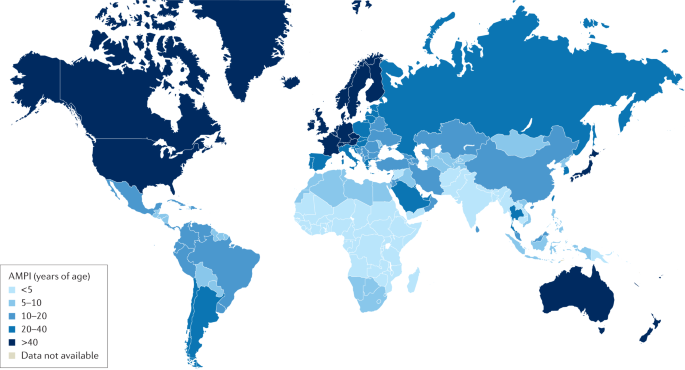
- Select a language for the TTS:
- UK English Female
- UK English Male
- US English Female
- US English Male
- Australian Female
- Australian Male
- Language selected: (auto detect) - EN
Play all audios:
Hepatitis A is a vaccine-preventable infection caused by the hepatitis A virus (HAV). Over 150 million new infections of hepatitis A occur annually. HAV causes an acute inflammatory reaction
in the liver that usually resolves spontaneously without chronic sequelae. However, up to 20% of patients experience a prolonged or relapsed course and 25 countries worldwide have
implemented such programmes, resulting in a reduction in the incidence of HAV infection. Improving hygiene and sanitation, rapid identification of outbreaks and fast and accurate
intervention in outbreak control are essential to reducing HAV transmission.
Introduction (P.V.D. and D.S.); Epidemiology (P.V.D., D.S. and A.G.); Mechanisms/pathophysiology (R.M.P., Z.F. and D.S.); Diagnosis, screening and prevention (P.V.D., D.S., A.G. and F.C.);
Management (D.S. and A.G.); Quality of life (P.V.D. and D.S.); Outlook (P.V.D., D.S., A.G., F.C., R.M.P. and Z.F.); Overview of Primer (P.V.D. and D.S.).
Nature Reviews Disease Primers thanks R. Aggarwal, H. Askling, G. Dusheiko, S. Lemon, Y. Li, L. Mak and M. Yuen for their contribution to the peer review of this work.
Publisher’s note Springer Nature remains neutral with regard to jurisdictional claims in published maps and institutional affiliations.
Springer Nature or its licensor (e.g. a society or other partner) holds exclusive rights to this article under a publishing agreement with the author(s) or other rightsholder(s); author
self-archiving of the accepted manuscript version of this article is solely governed by the terms of such publishing agreement and applicable law.
Anyone you share the following link with will be able to read this content:









